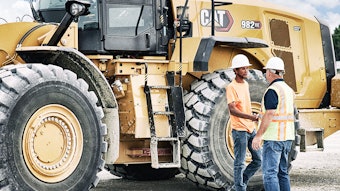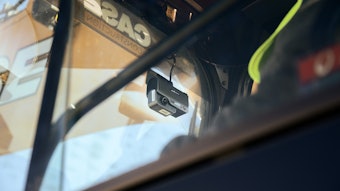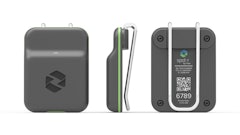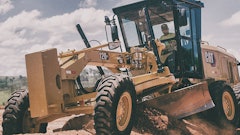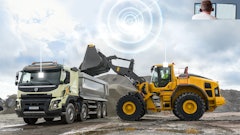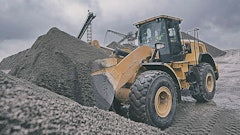
If you need powerful digging equipment at your construction site, an excavator may be the first machine that comes to mind. These multi-taskers are available in all sizes and configurations to match different job requirements. As you weigh all the available options to choose an excavator for your application, don’t overlook one important factor: Are you better served by tracks or wheels? Here’s a quick look at the differences — and which type of excavator gets the edge in certain situations.
Advantage: tracks
- Digging depth: Track excavators can dig more deeply than their comparably sized wheeled machines because they sit lower to the ground.
- Traction: The combination of track and undercarriage design, heavier weight and a bigger footprint means track excavators typically provide better traction on slopes, loose soil and uneven terrain. They also tread more easily in soft or wet underfoot conditions than wheeled models.
Advantage: wheels
- Speed: Not surprisingly, equipment on wheels moves faster and is more pavement friendly than equipment on tracks. Some wheel excavators can achieve a maximum travel speed of up to 22 mph, compared to approximately 3-4 mph for a tracked model. Speed may come in handy if you need an excavator to perform multiple tasks at an expansive site or drive the machine between jobs.
- Maintenance: The absence of an undercarriage and tracks makes wheel excavators easier to maintain and can result in fewer repair issues.
All tied up
- Stability: Track excavators have a larger footprint and sit lower to the ground than their wheeled counterparts. That lower center of gravity and the substantial weight of the undercarriage provide extra stability and higher load capacity. However, with the addition of stabilizers, many wheeled machines can match or even exceed the load capacity of a comparably sized track unit.
- Maneuverability: Wheel excavators are often used in urban and residential areas because their smaller footprint provides more agility when working in tight spots or navigating around crowded worksites. But track excavators often perform just as well in confined spaces, thanks to multiple size options.
- Versatility: With the right attachments, both track and wheel excavators can take on a lot more than just digging tasks: think trenching, excavation, utility work, slope construction, compaction, demolition and more. Almost 400 different bucket and tool options are available for Cat® excavators, for example, making them versatile, profitable performers on most any job.
For certain applications, the choice between a track or wheel excavator will be crystal clear. For others, you’ll likely need to weigh your priorities: Does speed matter more than digging depth? Is traction more important than maintenance costs? The good news is this: Both track and wheel excavators are powerful, productive and easy to operate — so you’ll be hard pressed to make a bad decision.





